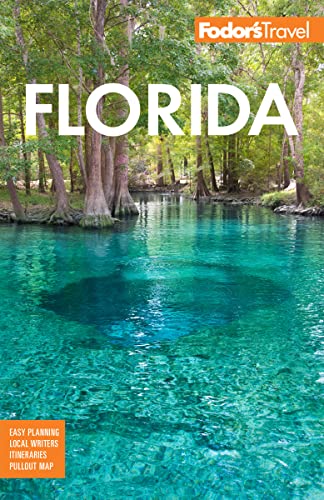Car Travel
East–west traffic travels the northern part of the state on Interstate 10, a cross-country highway stretching from Jacksonville, Florida, to Santa Monica, California. Farther south, Interstate 4 connects Florida's west and east coasts. Signs on Interstate 4 designate it an east–west route, but actually the road rambles northeast from Tampa to Orlando, then heads north–northeast to Daytona. Two interstates head north–south on Florida's peninsula: Interstate 95 on the east coast and Interstate 75 on the west.
If you want to drive as close to the Atlantic as possible, choose Route A1A, but accept the fact that it will add considerably to your drive time. It runs along the barrier islands, changing its name several times along the way.
The Buccaneer Trail, which overlaps part of Route A1A, goes from St. Augustine north to Mayport, through marshlands and beaches, crosses the St. Johns via Ferry, and then proceeds north into Fort Clinch State Park. The extremely scenic Route 13, also known as the William Bartram Trail, runs from Jacksonville to East Palatka along the east side of St. Johns River through tiny hamlets. U.S. 17 travels the west side of the river, passing through Green Cove Springs and Palatka. Route 40 runs east–west through the Ocala National Forest, giving a nonstop view of stately pines and bold wildlife.




